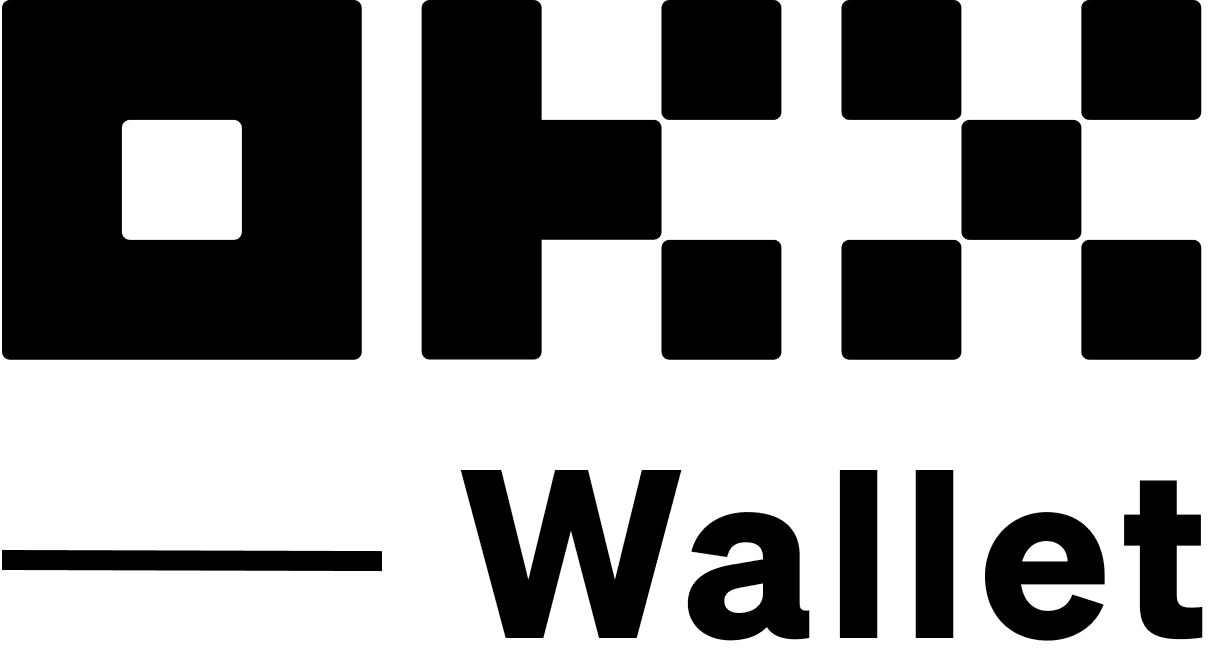Whoa! Ever notice how moving assets between blockchains still feels like a maze? Seriously, it’s like every time I try to shift from Ethereum to Binance Smart Chain, I hit some weird detour or unexpected delay. Something felt off about how clunky and risky cross-chain bridges have been, especially if you’re managing significant funds or trading professionally. At first glance, these bridges promise seamless interoperability, but scratch the surface and the story gets messier.
Okay, so check this out—cross-chain bridges are basically the highways connecting separate blockchain networks, allowing users to transfer tokens or data without intermediaries. But here’s the kicker: not all bridges are built equally. Some are decentralized, others rely on custodians, and some mix both approaches in hybrid models. And for institutional players—yeah, those whales and big funds—security and regulatory compliance aren’t just buzzwords. They’re deal-breakers.
Initially, I thought cross-chain solutions were mostly about tech innovation—the faster, the better. But then I realized the institutional layer adds a whole new dimension. Custody solutions have to balance between user autonomy and trust. (Oh, and by the way, if you’re into trading with a wallet that integrates natively with a centralized exchange, you might wanna peek into the okx wallet. It’s kinda slick for that.)
Here’s the thing. The bridge ecosystem often feels like the Wild West. Security breaches, rug pulls, and liquidity problems have plagued many projects. On one hand, bridges democratize access to DeFi and NFTs across chains; though actually, this freedom comes with the cost of increased attack vectors. For traders juggling multiple assets or strategies, a reliable custody solution that handles cross-chain safety is very very important.
Hmm… So why do some institutions still hesitate? Well, trust isn’t just about tech specs. Regulatory clarity and transparent audits matter a ton. My instinct said most traders overlook the custody angle until something goes wrong—like frozen funds or hacks. And when you’re managing millions, “oops” isn’t an option.
Let me share a quick story. A colleague once tried using a popular bridge to move stablecoins between networks for arbitrage. Everything seemed smooth until the bridge unexpectedly paused withdrawals due to a suspected exploit. Funds were locked for days. That kind of downtime can tank trading strategies and confidence alike. It’s a harsh reminder that institutional-grade custody involves not only tech but also operational risk management and liquidity guarantees.
So, where do the best custody solutions come into play? They often incorporate multi-signature wallets, insured custody, and compliance modules that satisfy KYC/AML regulations. Interestingly, some newer platforms offer custody that integrates directly with exchanges, which streamlines moving assets in and out of trading accounts. This is where the okx wallet stands out—it’s designed to bridge that gap between decentralized asset control and centralized trading convenience.
Check this out—some institutional-grade bridges even offer “time-locked” transfers and dispute resolution mechanisms. These features add layers of security but can introduce complexity or delays. It’s a trade-off that traders and funds must weigh carefully. Personally, I find this aspect fascinating because it reflects how blockchain tech matures by borrowing traditional finance’s trust frameworks while preserving decentralization’s spirit.
There’s also a broader implication. As cross-chain bridges evolve, they pave the way for more fluid liquidity and composability. Imagine a trader leveraging assets on multiple chains without worrying about custody pitfalls or slow gateway processes. That’s not just convenience; it’s a strategic edge. Still, we can’t ignore that bridges remain targets for sophisticated attacks, so continuous innovation in custody tech is mandatory.
Honestly, I’m biased, but the intersection of cross-chain bridges with institutional custody solutions is where I see the next big leap in crypto trading. It’s like finally having a secure, well-paved bridge over a river that was once full of crocodiles. And speaking of bridges, wallets that seamlessly integrate with centralized exchanges—like the okx wallet—offer a rare blend of security, speed, and usability that traders crave.
Now, I won’t pretend this space is flawless. There’s still a lot of fragmentation, and some custody providers are slow to adopt cross-chain support. Plus, regulatory uncertainty keeps many players on edge. But the momentum is undeniable. I think we’re seeing a slow but steady shift from “bridge first, worry later” to “secure custody first, bridge smartly.” And that’s a huge deal for anyone serious about crypto as a lasting asset class.
Anyway, the landscape is evolving fast. For traders looking to stay ahead, understanding these nuances isn’t optional—it’s survival. If you’re hunting for a wallet that doesn’t just hold your keys but actively supports cross-chain trading with institutional-grade custody features, the okx wallet is definitely worth a look. It embodies the kind of hybrid solution that could very well set the standard in the near future.

Still, I wonder—how will these custody solutions balance decentralization with institutional requirements as regulations tighten? It’s a puzzle that’s not fully solved yet. But one thing’s clear: bridges and custody are no longer separate discussions; they’re intertwined parts of the same ecosystem puzzle, shaping how crypto trading scales and matures.
FAQs on Cross-Chain Bridges and Institutional Custody
What exactly is a cross-chain bridge?
In simple terms, it’s a connection that allows assets or data to move from one blockchain to another without intermediaries. Imagine it like a digital ferry carrying tokens between islands (blockchains).
Why do institutional traders need special custody solutions?
Because they handle large volumes and face stricter regulatory scrutiny, institutional custody solutions prioritize security, compliance, and operational controls beyond what most consumer wallets offer.
How does the okx wallet support cross-chain and custody needs?
The okx wallet integrates both decentralized asset management and direct access to the OKX centralized exchange, offering a seamless experience that balances security with trading flexibility.
